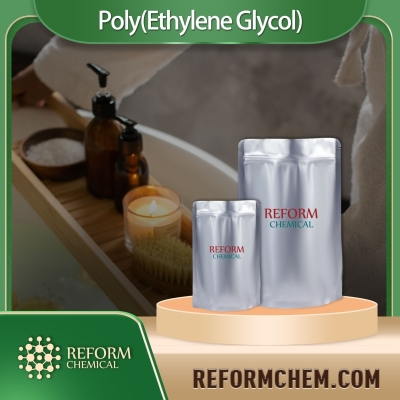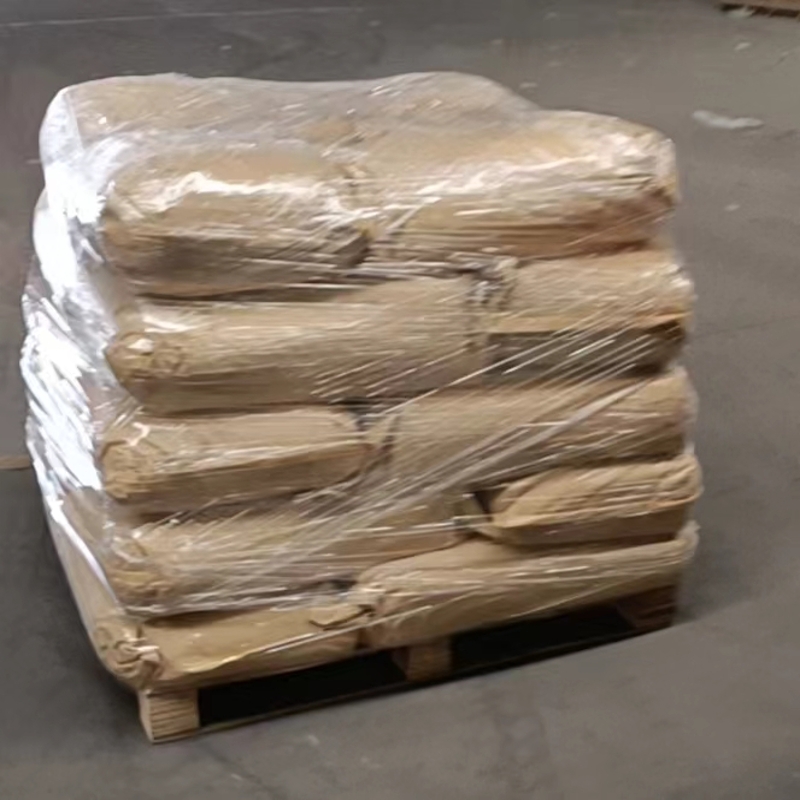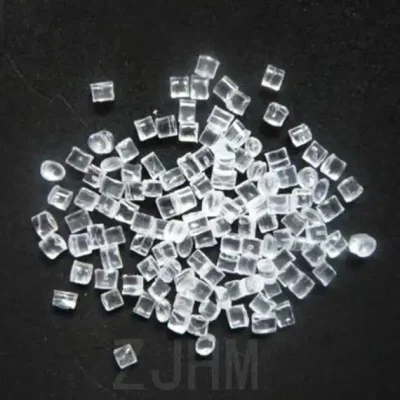-
Categories
-
Pharmaceutical Intermediates
-
Active Pharmaceutical Ingredients
-
Food Additives
- Industrial Coatings
- Agrochemicals
- Dyes and Pigments
- Surfactant
- Flavors and Fragrances
- Chemical Reagents
- Catalyst and Auxiliary
- Natural Products
- Inorganic Chemistry
-
Organic Chemistry
-
Biochemical Engineering
- Analytical Chemistry
-
Cosmetic Ingredient
- Water Treatment Chemical
-
Pharmaceutical Intermediates
Promotion
ECHEMI Mall
Wholesale
Weekly Price
Exhibition
News
-
Trade Service
EATON's Model 40 EHC separator vent head improves the plant environment and reduces maintenance
by reducing moisture emissions to the atmosphere that can lead to corrosion and harmful working environments.
In addition, customers can achieve significant cost
savings by reducing their water consumption and energy costs.
Aqueous gases, air or vapors enter through the exhaust head inlet and make a centrifugal upward movement
in the exhaust head.
By reducing the speed, the contained solids and water droplets are separated and fall into the
discharge tank.
Designed for use in industry and process, the Type 40 EHC venthead separates the entrained water droplets
before they are released into the atmosphere.
The vent head is designed to measure 8 inches and removes up to 99% of entrained liquids and solids
over 10 microns in the discharge fluid.
The efficient design of the exhaust head significantly reduces the amount of free moisture emitted into the atmosphere, resulting in fewer droplets and lower structural maintenance costs
.
Anthony Chiang, business development manager at Eaton, points out that corrosion
of steel structures can be avoided by minimizing free droplets discharged into the atmosphere.
The condensation "rain" of perennial corrosive equipment is now a thing of the past
.
"The customer was very satisfied with
the unit and its impact on the bottom line," Chiang said.
Effluents of process water, such as destructive water, can now be collected and re-fed into the production process
.
(Yet)







